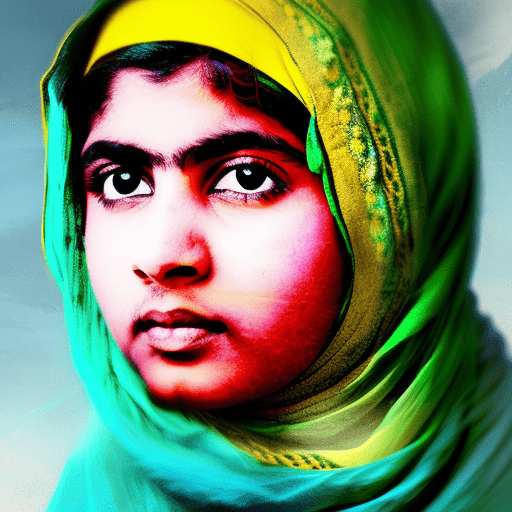Summary:
One-line summary: “I Am Malala” is the inspiring true story of Malala Yousafzai, a Pakistani girl who stood up for education and was targeted by the Taliban.
“I Am Malala: The Story of the Girl Who Stood Up for Education and Was Shot by the Taliban” is a powerful memoir that chronicles the extraordinary journey of Malala Yousafzai, a young Pakistani girl who defied the Taliban and fought for girls’ education. Born in the Swat Valley in Pakistan, Malala grew up in a society where the Taliban’s influence was steadily increasing. Despite the danger, she spoke out against the Taliban’s ban on girls’ education and became an advocate for the rights of girls to receive an education.
Life in the Swat Valley:
The book begins by providing readers with a glimpse into the peaceful and idyllic life that Malala and her family enjoyed in the Swat Valley. Malala’s father, Ziauddin Yousafzai, was a vocal advocate for education and ran a school for girls. Malala’s mother, Tor Pekai, supported her husband’s efforts and encouraged Malala’s education. Malala’s early years were filled with a love for learning and a desire to make a difference in the world.
The Rise of the Taliban:
However, the peace and stability of the Swat Valley were soon shattered by the rise of the Taliban. The Taliban, an extremist group, began imposing strict rules and regulations on the people of Swat, particularly targeting women and girls. Schools were bombed, and girls were forbidden from attending school. Malala, fueled by her father’s teachings and her own passion for education, refused to be silenced. She started writing a blog for BBC Urdu under a pseudonym, detailing her experiences and advocating for girls’ education.
The Attack and Aftermath:
In October 2012, Malala’s life took a tragic turn when she was shot in the head by a Taliban gunman while on her way home from school. The attack garnered international attention and Malala became a symbol of courage and resilience. Miraculously, she survived the attack and was airlifted to a hospital in Birmingham, England, where she underwent extensive surgeries and rehabilitation.
Malala’s story resonated with people around the world, and she used her newfound platform to continue advocating for girls’ education. She co-founded the Malala Fund, a non-profit organization dedicated to ensuring every girl has access to twelve years of free, quality education. Malala’s activism and determination have earned her numerous accolades, including becoming the youngest-ever recipient of the Nobel Peace Prize in 2014.
Key Takeaways:
- Education is a fundamental right that should be accessible to all, regardless of gender or background.
- One person’s voice can make a difference, even in the face of adversity.
- It is important to stand up for what you believe in, even when it is difficult or dangerous.
“One child, one teacher, one book, one pen can change the world.” – Malala Yousafzai
In conclusion, “I Am Malala” is a captivating memoir that highlights the power of education and the resilience of the human spirit. Malala’s story serves as a reminder that even in the face of adversity, one person can make a significant impact and inspire change. Her unwavering determination and courage continue to inspire people around the world to fight for equal access to education for all.












